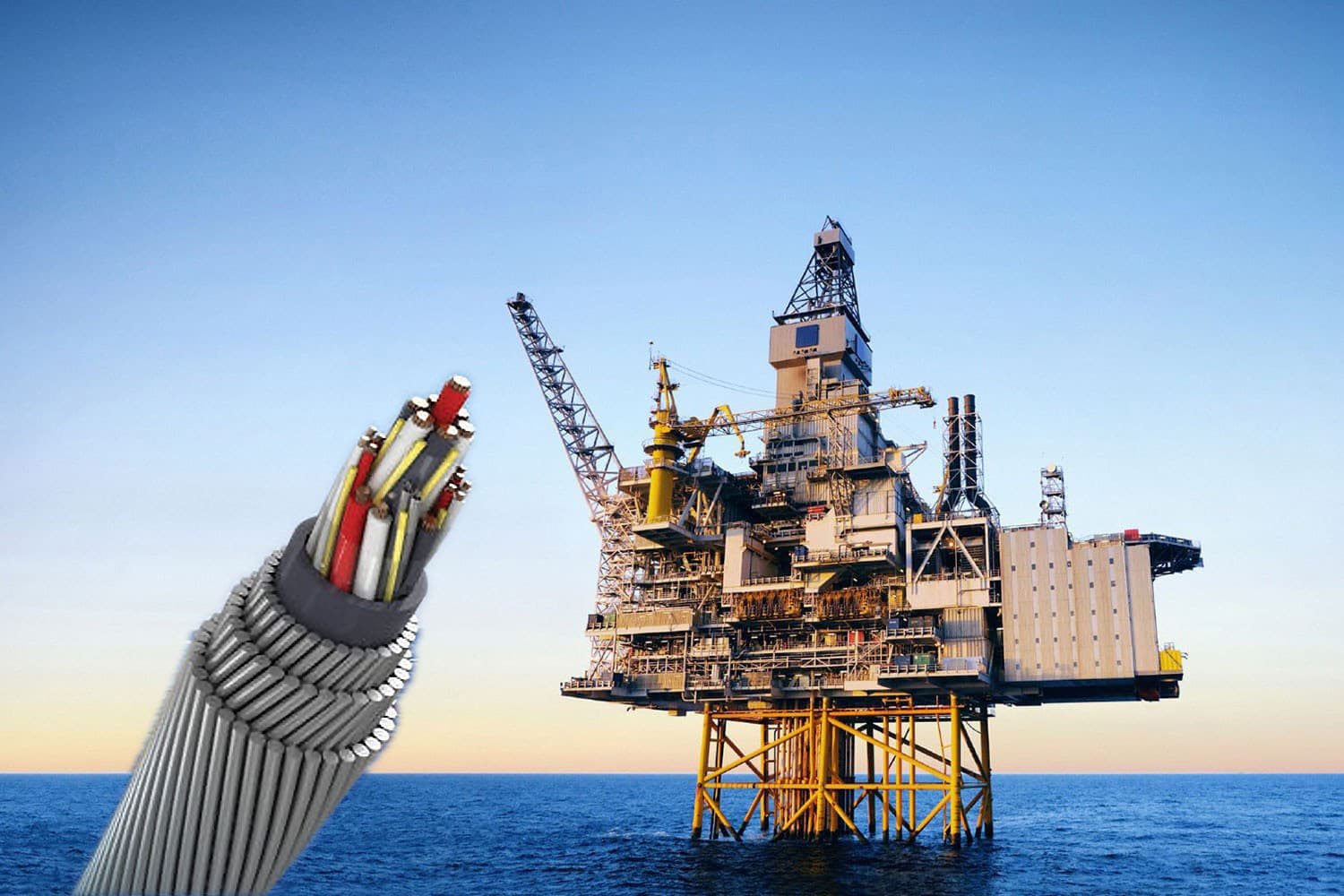
Seismic cables are vital tools used in geophysical exploration to detect and understand the Earth's structure. These cables consist of a bundle of sensors that capture data on vibrations caused by earthquakes or man-made sources. This information is then used to create detailed images of the subsurface, helping geoscientists and engineers make informed decisions about resource exploration and extraction, environmental monitoring, and hazard mitigation.
At the heart of every seismic cable lies advanced sensing technology that allows for highly accurate and precise data capture. These sensors are typically housed in a protective casing, ensuring they remain functional and secure during installation and operation. With the ability to detect even the slightest vibrations, seismic cables provide an unparalleled level of insight into the Earth's structure and behavior.
Seismic cables have a wide range of applications, from oil and gas exploration to earthquake monitoring and geohazard assessment. They are also used in civil engineering projects to evaluate the stability of structures such as dams, bridges, and tunnels. With advances in technology and data analytics, seismic cables are becoming increasingly important tools in answering some of the most pressing questions about our planet's geology and environment.
Whether you are a geoscientist, engineer, or researcher, seismic cables are an indispensable tool in your toolkit. With their ability to capture detailed data on seismic activity, these cables provide a window into the Earth's structure and behavior that is unmatched by any other technology. So if you want to explore the subsurface, understand the environment, or mitigate hazards, seismic cables are the way to go.
Operațiuni de cutremur Echipamentul de târâire a cablului subacvatic include secțiunea elastică a cablului, cablul de lucru, suportul, coarda de distanță, plutitorul auxiliar etc., iar fiecare echipament este conectat între ele, târând pe partea din spate a cablului. navă, târâtă pe spatele navei.
Modul de remorcare în operațiunile de sondaj seismic offshore determină relația de forță dintre cablurile de intrare, deflectoare și cablurile (liniile de pin) care le conectează,
Cablurile de prindere cu flotabilitate neutră câștigă flotabilitate cu materialele de înveliș din cauciuc termic (TPR), care sunt extrem de flexibile, cu o rezistență mecanică bună. Spuma poliuretanică expandată (ExPU) oferă umplutură cu greutate specifică extrem de scăzută și compuși pentru manta. Conductorii izolați cu pereți subțiri ajută, de asemenea, la reducerea greutății și a diametrului. Se pot utiliza și conductori din aliaj acoperiți cu cupru. Putem oferi prototipuri de lungă durată scurtă pentru a permite companiilor să execute teste.
Faceți o întrebare imediat!
Soluții de cabluri electrice și optice pentru toate industriile
Facebook LinkedIn
